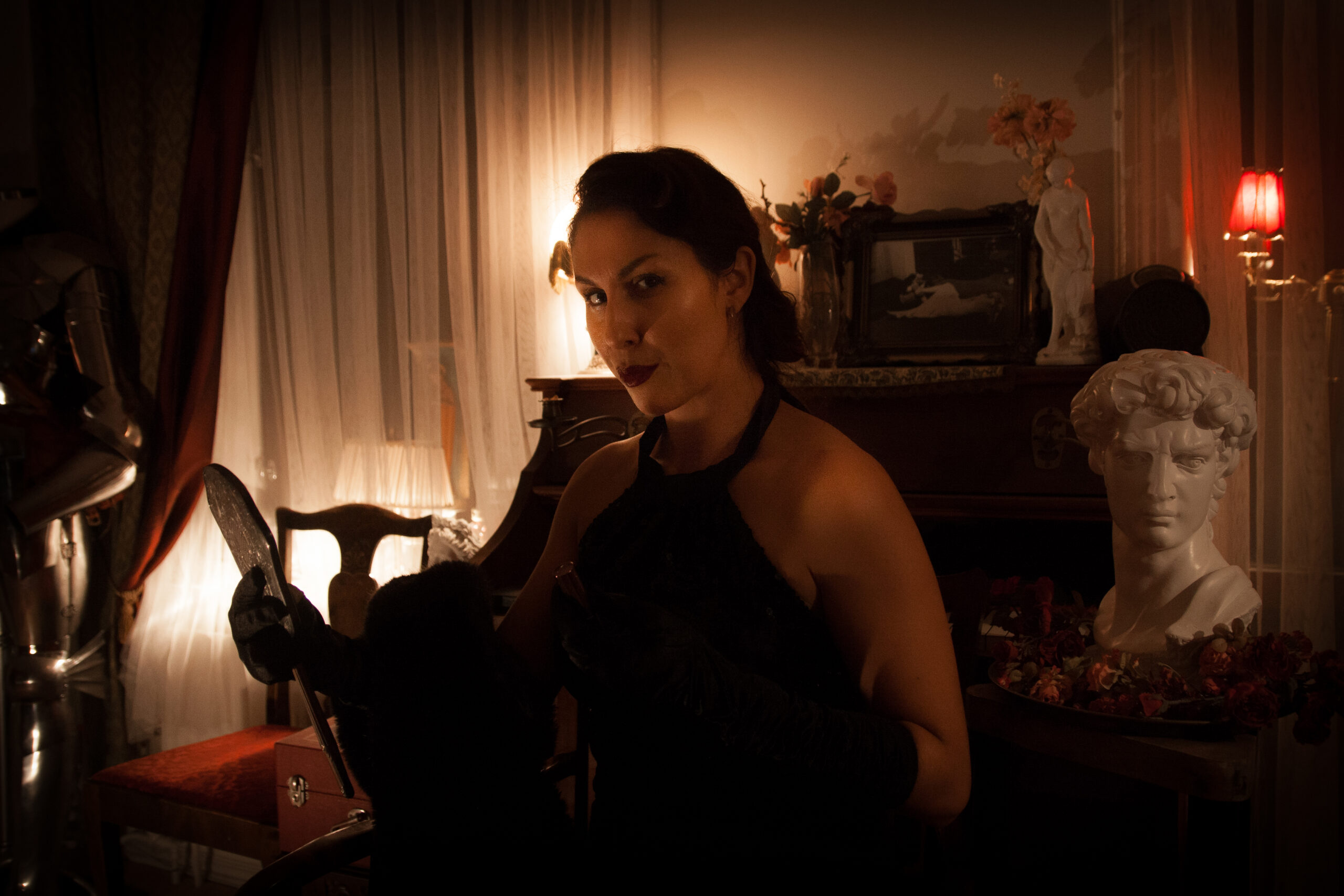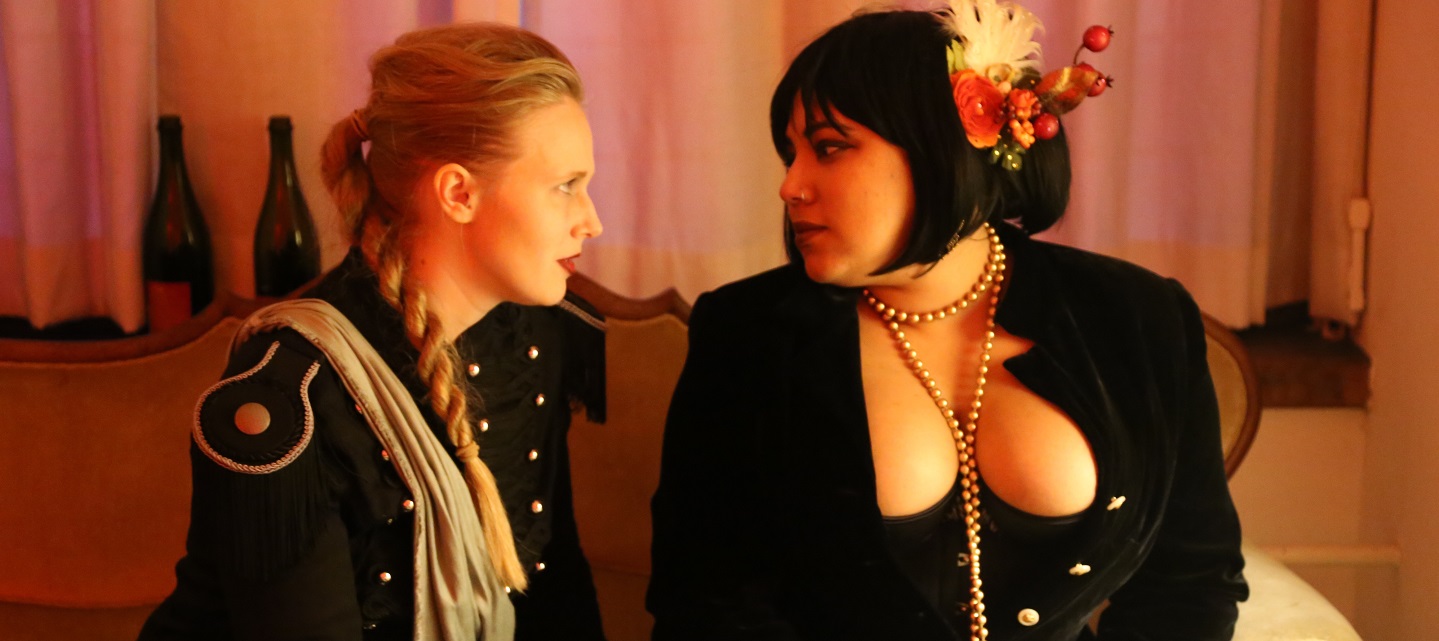Tag: BAPHOMET
-

Basics of Efficient Larp Production
in
An alternative mode of production to the Infinite Hours of labor often spent in larp organizing and volunteering.
-

BAPHOMET – The Road to Damnation
BAPHOMET was a larp about personal horror with the themes terror, lust, desire, power and loss of control; a group descended into madness together.
